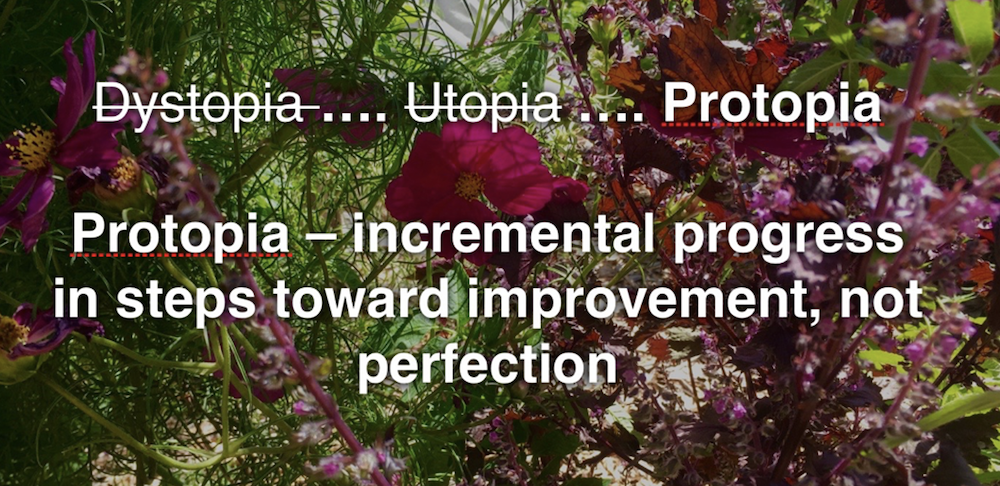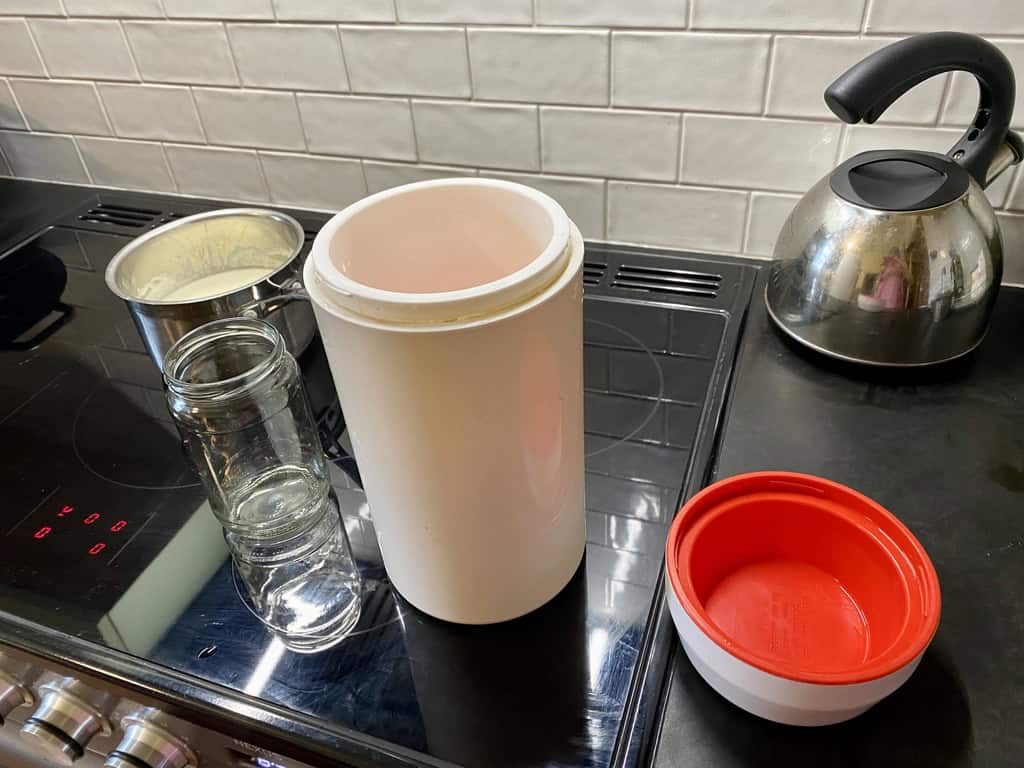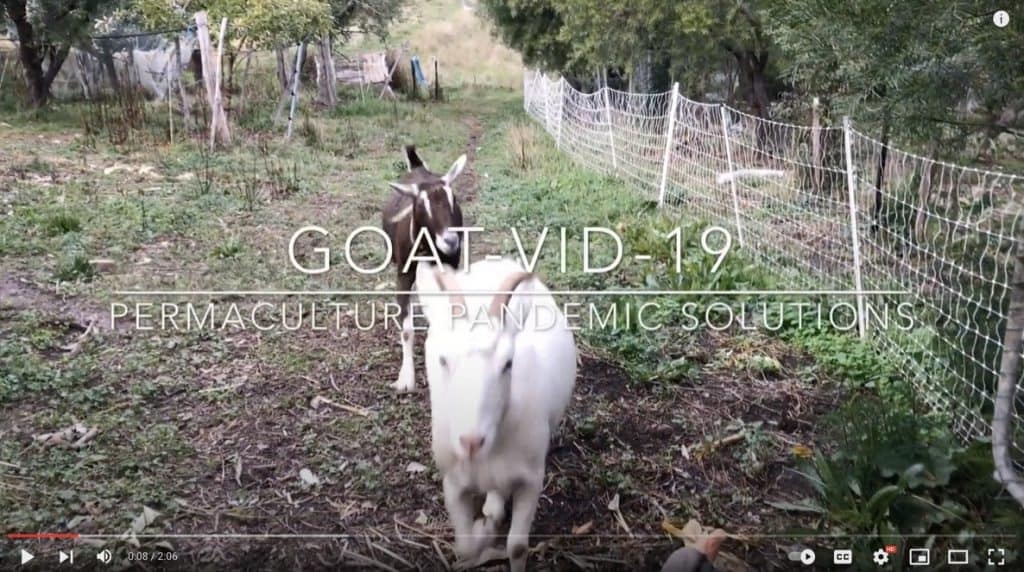January 8

I simply can’t bear to waste food.
As a gardener, I’m aware of the space, time and effort it takes to produce one single cauliflower, for example. There’s no way I’d let any part of it go into the bin!
A positive outcome of Lockdown during the pandemic was that I reduced waste by using more food from my garden and only picking what I needed when I needed it.
I also reduced packaging waste by making my own sourdough bread and yoghurt. Making yoghurt also helped me reduce dairy waste. Because we ordered a delivery of food once a fortnight, we often miscalculated how much milk we’d actually need. As it approached its use-by date I simply turned the milk into yoghurt and nothing got wasted.
We’re mostly vegetarian and our diet has become more and more plant-based, but we still do use some dairy. I’ve angst-ed a lot about this because of environmental impacts and animal rights but I’ve decided to take a ‘protopian’ approach as we make small, but permanent, incremental changes in our way of life.
In an era of polarisation, that’s becoming so extreme it could well become our biggest threat to planetary health, I’m avoiding ‘all-or-nothing’ and ‘black-and-white’ thinking as we forge a new way of living, one day at a time. I also have a family I need to bring along on the journey … they’re still not quite as passionate about cauliflowers as I am.

Using out-of-date cream to make yoghurt
Over Christmas I ordered in a little too much pure cream because I had intentions of making buckets of ice cream for our visiting family. While we did make a lot of vanilla bean ice-cream to accompany our raspberries, suddenly I found myself today with a carton of cream just past its use-by date.

It had been in a very cold part of the fridge, was sealed and still smelt perfectly fine, so my new action for today was to experiment and see what would happen if I used it to make a batch of yoghurt.
What a treat! It’s absolutely delicious, and because we’re not big cream eaters, we’ve bought ourselves more time to have just a little each day. Tonight I sampled it with some of our home-grown preserved apricots but I’m really looking forward to having some on my porridge, with raspberries, for breakfast. Luxury!
How to make yoghurt
I’ve tried a few ways of making yoghurt but found that the easiest and quickest way is to just get a 600gm glass jar, fill it with milk, pour that milk into a saucepan and heat it until boiling …. whipping it off the stove just before it boils over. I then let it cool to tepid before mixing a small amount with 3 tablespoons of my previous yoghurt. I stir well to ensure it’s smooth, and gradually add the rest of the milk, stirring until the jar is full.

I then half-fill an old Easiyo container with boiling water and put in the jar. Because I love thick tangy yoghurt I usually prepare it mid morning and leave it until early the next day, when I take it out and store it in the fridge. If you like a milder yoghurt you only need to let it ferment for 8 hours.
The Easiyo container, which someone gave me way back, is essentially just a large thermos that fits a 600g jar. There are lots of ways you can keep your jar of fermenting yoghurt warm for the required time.
Permaculture artist Brenna Quinlan made a clear video during Lockdown about how to make yoghurt using goat’s milk and some hot water bottles which you can watch here.

We’ll be looking at the possibility of goats for weed management with the Planetary Health Initiative, so there may be some goat’s yoghurt on the horizon.
I’ll also be experimenting with plant-based yoghurts too, and would love to hear from anyone who has great recipes that work.
Stay tuned!



0 Comments